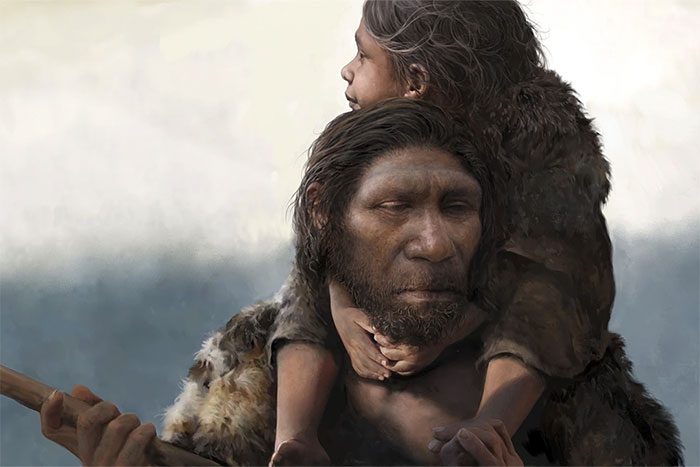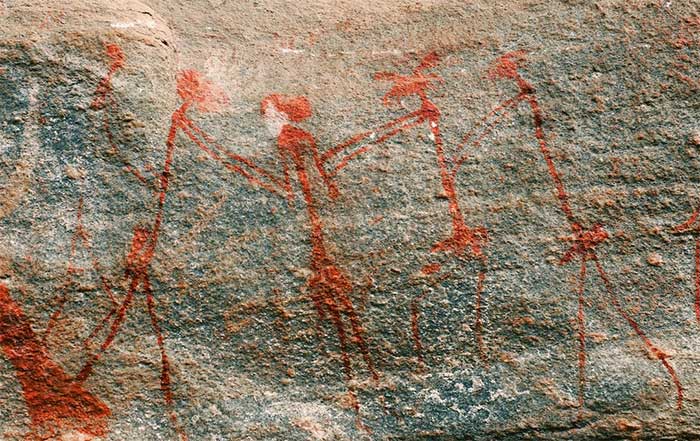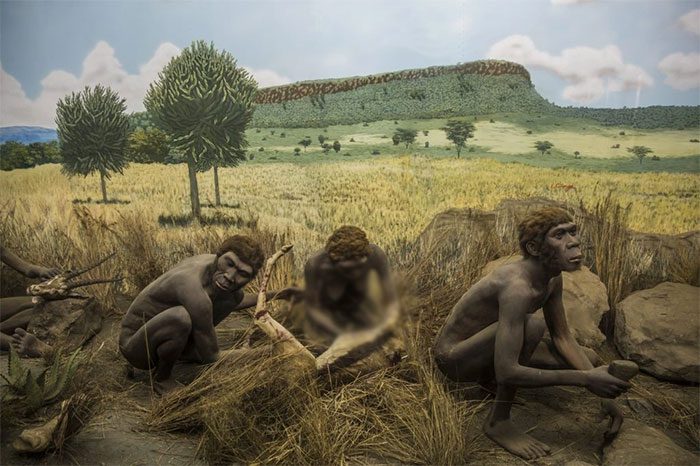Today, humans dominate the world, while our closest relatives, the Neanderthals, have gone extinct. The surprising answer is that it is not solely due to intelligence.
Prehistoric Hunter-Gatherer Societies

Reconstruction image of a Neanderthal. (Photo: Getty).
About 250,000 years ago, Europe and Western Asia were dominated by Neanderthals. Meanwhile, modern humans (Homo sapiens) lived in southern Africa.
According to anthropologists, Neanderthals had large brains, their own language, and the ability to create complex tools. They were also familiar with forms of art and jewelry.
Recent archaeological findings suggest that they were even comparable to us in terms of intelligence. They mastered fire before we did and could hunt large prehistoric animals such as mammoths and woolly rhinoceroses.
The hunting and foraging practices of Neanderthals demonstrate a profound understanding of nature, as well as their own cultural traits.
So why did they go extinct?
The Issue of Group Size

The rock painting carved in the cave depicts Neanderthals performing ritual dances related to hunting and gathering. (Photo: Science Alert).
Neanderthals were known to be strong individuals, adept with spears and skilled warriors.
However, this also made them less sophisticated. Modern humans have a more slender physique, which provides various reasons for the transition to using long-range weapons like bows and arrows.
In a hypothetical battle between the two groups, Neanderthals would likely suffer greater losses due to their combat style.
They also faced another problem: group size. Archaeological studies indicate that Neanderthals preferred to live in small groups—averaging around 20 individuals—while modern humans formed tribes of hundreds or even thousands.
Having more members results in more connections, potentially increasing exponentially according to Metcalfe’s Law. It is estimated that a group of 20 members has about 190 connections among members, while a group of 60 can have up to 1,770 possible connections.

Solidarity and group size are factors that have enabled humans to achieve success as we know it today. (Photo: Getty).
This organization is reminiscent of ants, where millions can work together to build complex nests, search for food, and take down prey many times larger than themselves.
Similarly, modern human groups have accomplished things that no one could have predicted, such as designing buildings, automobiles, writing complex computer programs, engaging in warfare, and managing companies and nations.
Humans are not the only species with large brains (such as whales or elephants), nor do we have the largest populations (zebras and antelopes can form huge herds), but we are the only species capable of combining all these elements effectively.
In summary, researchers agree that the ability to build large social structures gave Homo sapiens an advantage over nature and allowed us to surpass other primate species to dominate the world.


















































